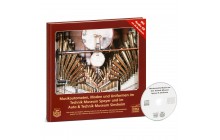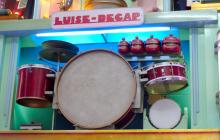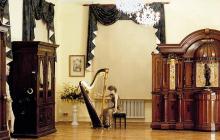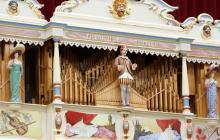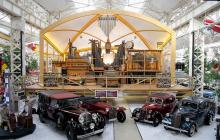Music Boxes and Musical Movements
Besides pipes, metal combs belonged to the first sound sources used in automatic musical instruments. The metal comb as sound source was invented circa 1796 by the Swiss clock maker Antoine Favre in Geneva. The first movements with metal comb were used in clocks. In the following years a successful music box industry developed in Schwitzerland mainly located in the Geneva area. Simple musical movements with combs containing less than ten teeth developed into masterpieces of precision mechanics which were built into valuable cases and called music boxes. Besides the metal comb many music boxes contain further sound sources like little drums, bells or reeds. The most important manufacturer was Nicole Frères of Geneva. In Germany the Lamy Company in Furtwangen produced high-quality music boxes.
All classical music boxes use pinned barrels as sound carriers. The largest of them carry tens of thousands of pins which nonetheless is sufficient for a few pieces of music only. Therefore, with the invention of the cheap perforated metal disc as sound carrier the Swiss music box industry got into deep trouble. After brief hesitation Switzerland also started to produce cheap music boxes with perforated metal discs. One example is shown in the disc music box chapter of this book.
Besides the elaborated and very expensive movements of the music boxes, millions of cheap movements were produced that were built into objects of everyday use ranging from beer glasses to photo albums. In this style musical movements survived until today.

